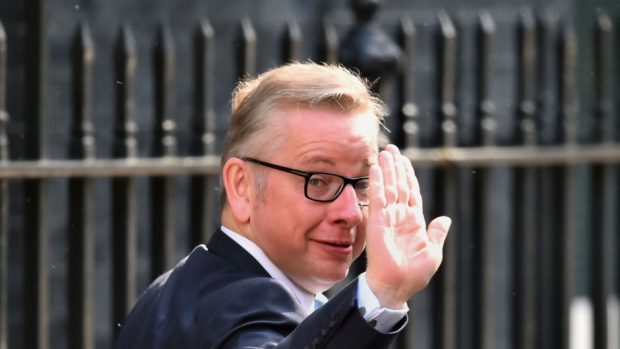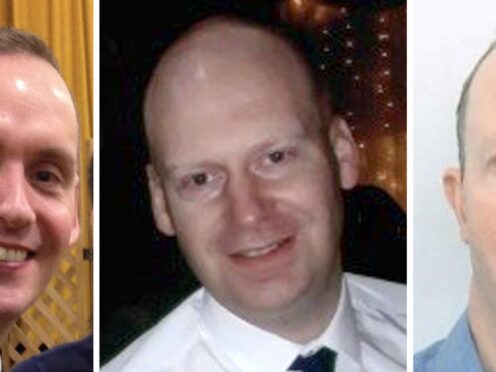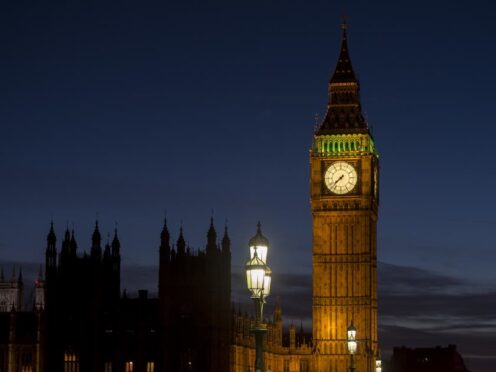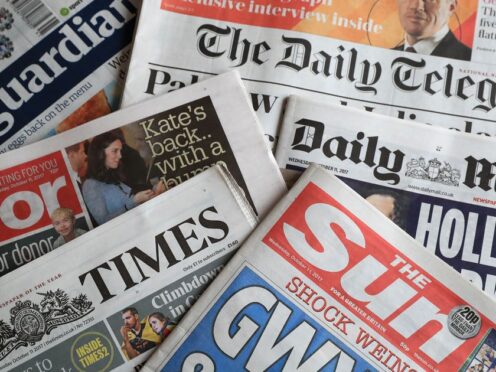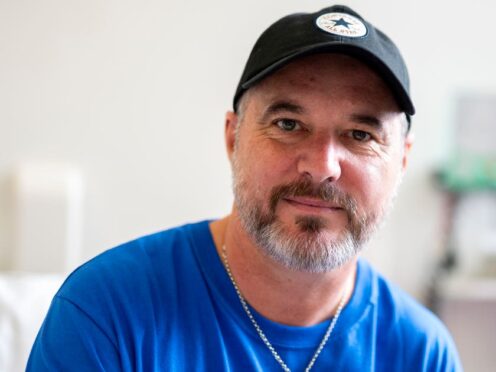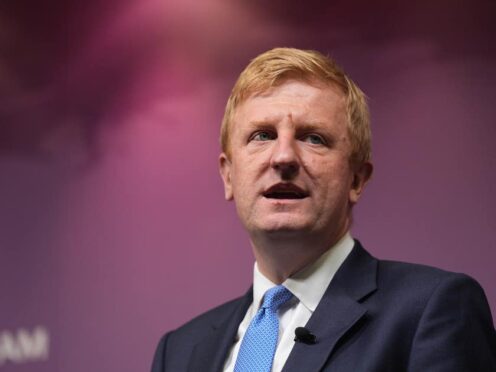Former Justice Secretary Michael Gove has launched a scathing attack on the SNP – accusing the party of seeking to create a “perpetual state of irritation and grievance”.
The Aberdeen-raised MP said the nationalists were “afraid” to exercise the new powers handed to the Scottish Parliament because they were “determined the current situation should never be seen to work”.
He also charged the party with focusing on the creation of division and manoeuvring towards a second independence referendum, rather than governing in the best interests of the Scottish people.
And – in a suggestion of control-freakery – he added: “The SNP says the Scottish people can decide on any constitution they like – provided they choose independence.”
The prominent Vote Leave campaigner’s strident comments came during a Commons debate yesterday.
SNP MP Patrick Grady argued the change in circumstances brought about by the EU referendum result had to be recognised.
He said the UK union people voted for in 2014 no longer existed and argued the constitutional arrangements needed to be re-examined.
He went on: “The Scottish government and the Scottish Parliament must ultimately reserve the right to hold another referendum on independence for Scotland, if it becomes clear the best or only way for Scotland to remain in the EU is for Scotland to become an independent member.”
But Mr Gove dismissed this as the latest example of constitutional matters “trumping” proper government.
He told MPs: “I can only conclude that, actually, what the SNP want is a perpetual state of irritation and grievance with the current constitutional arrangements.
“That is a betrayal of what the Scottish people voted for.”
As a consequence, the former Robert Gordon’s College pupil predicted, the SNP was now in a “slow, gentle and irreversible decline.”
